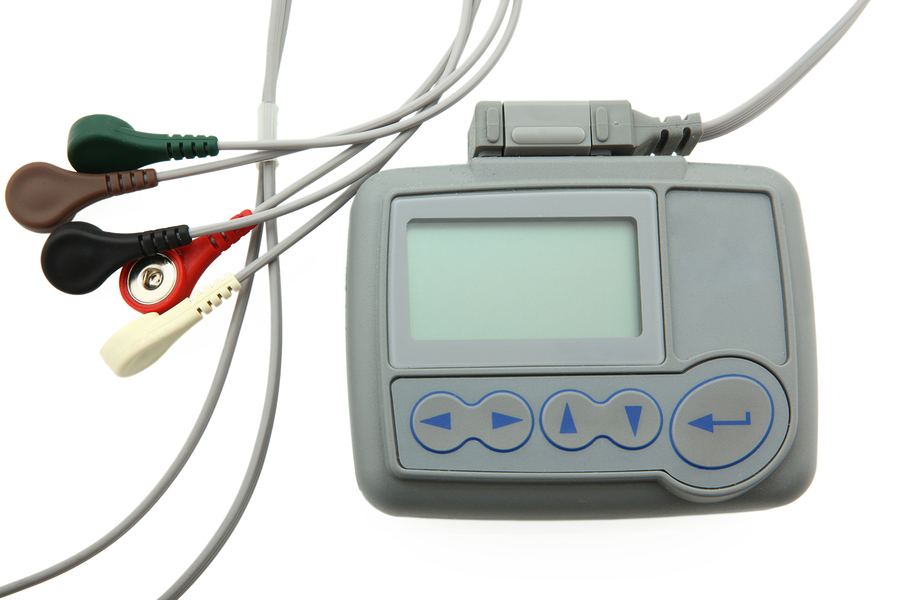

Your doctor will discuss the results with you on your follow-up appointment.Holter and event monitors are medical devices that record the heart’s electrical activity. Your recording will be processed, analysed and interpreted by a doctor. For those who have the device put in the afternoon, please come back between 2.00pm to 2.30pm for the removal. If you have the device put on in the morning, you will be asked to come back between 8.00am to 9.00am to remove the device. There is no need for you to reset anything after pressing the “indicator” button.Īt the end of the study period, you will be asked to return to the National Heart Centre Singapore to have the Holter device removed. When symptoms occur, press the “indicator” button on the recording device, an indicator will mark on the recording to enable the doctor to co-relate your symptoms with the ECG. palpitations, dizziness, breathlessness, chest pain) and the exact time of its occurrence. You will be given a small diary to record the symptoms (e.g. There is strictly no showering during the recording period, but you may use a wet towel to clean yourself on areas without the electrodes. Please do not attempt to remove the ECG electrodes or batteries, as this will affect the validity of the test. You will wear this device continuously for either 24 hours or 48 hours.ĭuring this period, you may carry on with your normal activities.
A belt strap will be provided to secure the device to your waist. The device will start recording once the batteries are inserted into the device. Micropore tapes are then used to secure electrodes and wires.
#24 hrs heart monitor portable#
The wires from the small portable device (size of a MP3 player) will then be connected to these electrodes. The Cardiac Physiologist/Technologist will first use methylated spirit to clean your chest surface, followed by the pasting of ECG electrodes. You will need to return the device the next day.Male patients, please shave your chest.Do not apply lotion, oil, or powder to the chest.big T shirt and no low neckline blouses) before coming for the appointment. Take a bath and wear loose fitting clothing (e.g.If you are allergic to plasters or micropore tapes, please inform the Cardiac Physiologist/Technologist as they will be able to provide you with hypoallergenic tapes and electrodes.
#24 hrs heart monitor skin#
However, some patients may experience skin irritations from the prolonged contact with the electrodes. This test will help post procedural patients, especially those who have undergone theĮlectrophysiological studies, to determine if the procedure was successful. The test is also useful for patients with possible ischaemic heart disease (also known asĬoronary artery disease) and not able to perform an exercise stress test. By quantifying the amount and type of ECG abnormalities, it will be able to provide quantitative and qualitative information on the effect of the drug therapy. This test is indicated for patients with palpitations, giddiness or fainting spells. This test is useful for detecting transient rhythm disorders of the heart, which are not detected at the time when an ECG is done. Hence, any abnormal rhythms or ECG abnormalities can be captured during the 24-hour monitoring period. In contrast to the usual 12 lead ECG, where the heart’s electrical signals are captured for only a few seconds, the continuous ambulatory ECG (holter) monitor can record such signals over a prolonged period at the patient’s own home or work environment. The Ambulatory electrocardiogram (ECG) - holter monitoring is a test where theĮlectrocardiogram (ECG) is continuously monitored for 24 to 48 hours and the signals are simultaneously recorded onto a special recorder worn by the patient.

Ambulatory Electrocardiogram (ECG) - Holter Monitoring


 0 kommentar(er)
0 kommentar(er)
